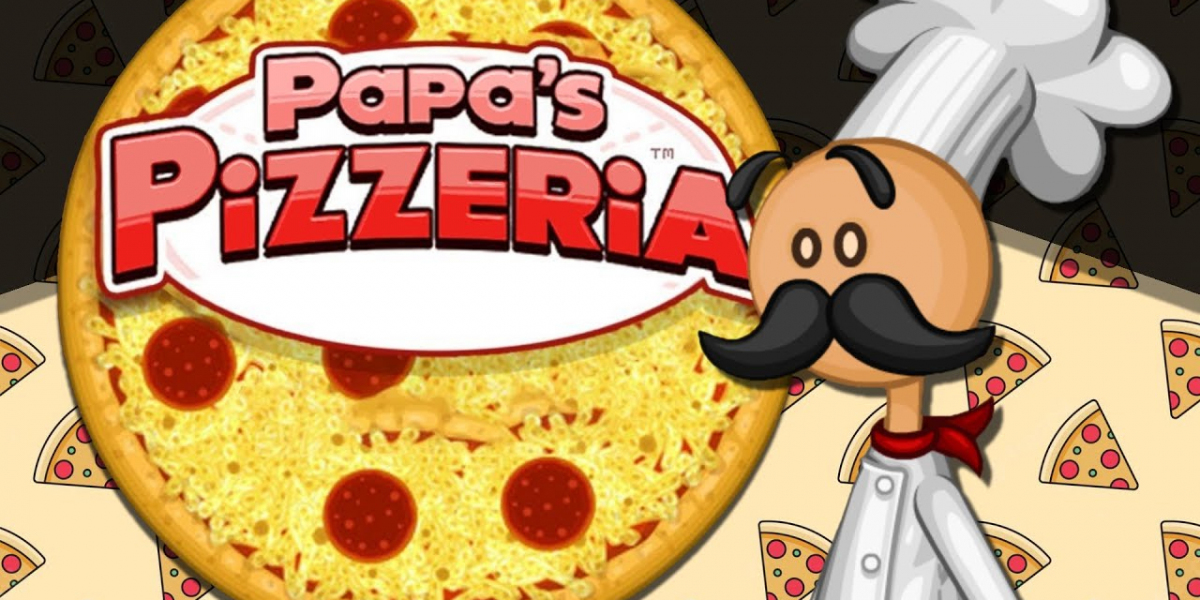One of the reasons papa's pizzeria became so popular is its accessibility. As a flash game, it could be played directly in a browser with no downloads required. This low barrier to entry made it available to a wide audience, including schoolchildren, casual gamers, and people looking to kill time during breaks at work or school.
Moreover, the game’s deceptive simplicity turned out to be one of its greatest assets. While the mechanics of taking orders and baking pizzas might seem straightforward at first glance, the game introduced a surprising amount of depth. As the player progresses, orders become more complex, and the number of customers increases, requiring quick decision-making, prioritization, and multitasking skills.
There’s also an inherent satisfaction in mastering the game's systems. Unlike many modern mobile games that rely heavily on microtransactions and artificial progression barriers, Papa’s Pizzeria rewarded player skill and practice. The game doesn’t handhold—players need to get better at managing orders, timing their pizzas in the oven, and meeting customer demands if they want to score high tips and avoid complaints.
Additionally, the quirky art style and fun, unique customers added a level of charm that gave the game its personality. Every customer has their own distinct appearance and backstory, making repeat customers memorable and adding a layer of humor to the game. Some characters, like the famous customer "Big Pauly" or the ever-patient "Mindy," have become iconic within the game's community.
Expanding the Franchise
The overwhelming success of Papa’s Pizzeria naturally led to the expansion of the Papa Louie series. Flipline Studios capitalized on the game’s popularity by releasing sequels in different food-based settings. Players were soon able to run other types of restaurants, including Papa’s Burgeria, Papa’s Freezeria, Papa’s Pancakeria, and many more. Each sequel introduced new mechanics while maintaining the core gameplay loop that made Papa’s Pizzeria a hit.
For example, Papa’s Freezeria, released in 2011, challenged players to prepare sundaes and manage the complexity of ice cream toppings. Despite the change in culinary focus, the same time management, customization, and multitasking elements carried over, ensuring the series maintained its core identity.
Every installment featured a variety of mini-games, customer rewards, and unlockable items to enhance the overall experience. Players could decorate their restaurants, upgrade equipment, and unlock new toppings or ingredients, adding another layer of progression that incentivized continued play.









